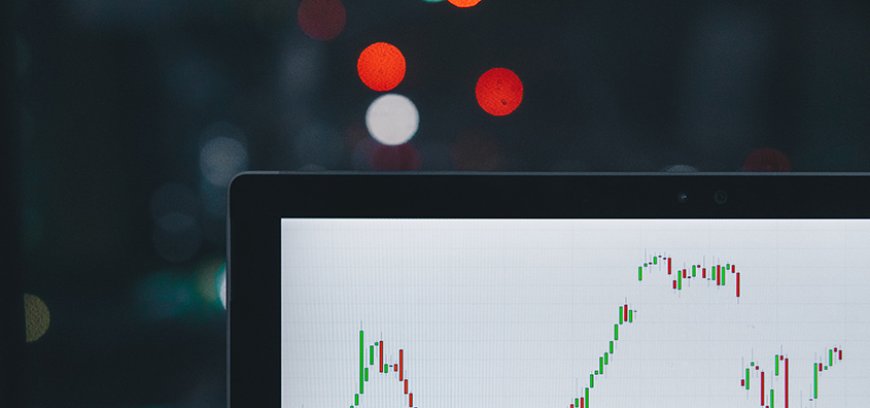Futures Slip on Federal Election Day

Futures for Canada's main stock index were marginally lower on Monday, with investors staying on the sidelines as the country headed into a general election in the backdrop of U.S. President Donald Trump's trade war.
The TSX Composite Index lost 17.02 points to greet the closing bell Friday at 24,710.51. Still, on the week, the index gained 517 points, or 2.14%.
June futures were off 0.1% Monday.
The Canadian dollar forged ahead 0.03 cents to 72.12 cents U.S.
Prime Minister Mark Carney and Conservative leader Pierre Poilievre wrapped up their campaigns on Sunday. Carney's Liberal Party held a narrow lead in popular support ahead of the final voting, according to pollsters.
Election results will trickle in, starting in eastern provinces, after polls close at staggered times on Monday evening.
In corporate news, Propel Holdings announced that it has increased its existing credit facility for CreditFresh from $70 million to $400 million.
ON BAYSTREET
The TSX Venture Exchange moved up 3.47 points to 653.82. Still, the index gained 20 points on the week, or 3.16%.
ON WALLSTREET
Stock futures were little changed Monday morning ahead of a packed week for earnings and economic data.
Futures for the Dow Jones Industrials slid 31 points, or 0.1% to 40,221.
Futures for the S&P 500 index sank 7.25 points, or 0.1%, to 5,542
Futures for the NASDAQ Composite dipped 27.25 points, or 0.1%, to 19,508.
Investors are looking ahead to the busiest period of the first-quarter earnings season, which will see more than 180 S&P 500 companies report results. Four of the ‘Magnificent Seven’ companies— Amazon, Apple, Meta Platforms and Microsoft — will release their quarterly reports, as will financial, staples and health care stocks Visa, Coca-Cola, and Eli Lilly.
Earnings results have been somewhat strong for the prior quarter, with 73% of companies reporting beating analysts’ estimates so far — slightly below the five-year average of 77%, according to FactSet data. Still, Wall Street is lowering expectations for the second quarter and the full year as companies come out with uncertain guidance because of President Donald Trump’s tariffs.
Investors are also awaiting any progress on trade deal negotiations, especially with China. Over the weekend, Treasury Secretary Scott Bessent said in an interview with ABC News that he doesn’t know if President Donald Trump has spoken with Chinese President Xi Jinping.
That’s after Trump said last week that discussions with China were underway, refuting China’s claims of no trade talks between the two countries.
This week will mark the end of April, which has seen stocks whipsaw across a wide trading range after Trump unveiled his sweeping tariff plans and then later walked some of the stiffer duties back.
So far in April, the S&P 500 is down by 1.5%, while the Dow Jones Industrial Average is on track to lose 4.5% and the NASDAQ is up 0.5%.
The S&P 500 briefly entered a bear market on April 7 and has made a recovery since, but the index has failed to break through key resistance levels.
In Japan, the Nikkei 225 index advanced 0.4% Monday, while in Hong Kong, the Hang Seng demurred 0.1%.
Oil prices dipped 28 cents to $62.74 U.S. a barrel.
Gold prices took on $9.90 to $3,308.30 U.S. an ounce.









































